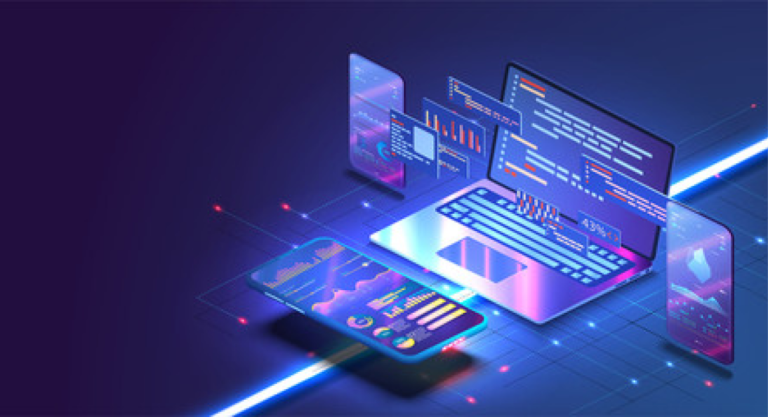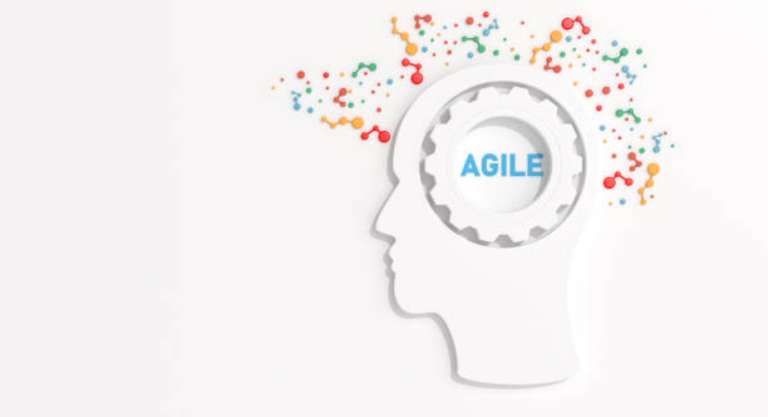In today’s technology-driven world, software development has become a critical part of almost every industry. However, building and launching successful software products requires more than just technical expertise. It takes a talented and cohesive team that can work together to bring ideas to life and deliver innovative solutions. The best development team is a group of individuals with specialized technical and interpersonal skills, who work together to deliver high-quality products or services. They work together with a positive attitude, commitment, and dedication toward achieving the project’s goals. Additionally, assembling the best development squad can be a challenging task, but it’s a crucial step toward achieving your project’s objectives.

To build a successful development team, you need to start by defining your project’s goals and requirements. This involves understanding the scope of the project, identifying the skills and expertise needed, and determining the project’s timeline and budget. Once you have a clear understanding of the project’s requirements, you can begin the process of assembling your dream team. In this post, we’ll discuss steps to build the best development squad for your project, including defining goals, and requirements and fostering collaboration.
Define your Project’s Goals and Requirements
The first step in building a dream team is to define the project’s goals and requirements. You need to understand what skills and expertise are needed to achieve the project’s objectives. The more specific you are about your requirements, the easier it will be to find the right people for the job.
Identify the project’s scope: Before you start assembling your team, you need to have a clear understanding of the project’s scope. What is the problem you are trying to solve? And is the end goal? Also, what are the deliverables? Having a clear scope will help you identify the specific skills and expertise required for the project. By following these steps, you can define your project’s goals and requirements, which will make it easier to assemble your dream team.
Determine the project’s timeline and budget:
When you have identified the project’s scope, you need to determine the timeline and budget. How long do you have to complete the project? How much money do you have to spend? This information will help you determine the number of team members you can hire and the level of experience they need to have.
Identify the necessary skills and expertise:
Understanding the project’s scope and constraints is crucial in identifying the necessary skills and expertise for your team. For instance, for a mobile app development project, you’ll require developers with expertise in iOS or Android development, user interface design, and backend development. Be as specific as possible about the required skills and expertise.
Consider the team’s composition:
A dream team requires more than just technical expertise. You also need team members with soft skills like communication, collaboration, and problem-solving. Consider the team’s composition and ensure that you have a good mix of technical and soft skills.
Identify the Roles and Responsibilities
Once you’ve defined your project’s requirements, you need to identify the roles and responsibilities that need to be filled. This will help you determine the specific skills and experience needed for each role. It’s important to have a mix of technical and non-technical roles on your team, including project managers, developers, designers, testers, and analysts.
- Start with the project’s requirements: Refer to your list of project requirements and identify the tasks and activities that need to be completed. This will help you determine the roles needed for the project.
- Define the roles: Once you’ve identified the tasks and activities, define the roles that will be responsible for each one. For example, a project manager will be responsible for overseeing the project’s timeline and budget, while a developer will be responsible for coding and testing the software.
- Determine the necessary skills: For each role, determine the necessary skills and experience needed to perform the tasks and activities required. This will aid you to identify the specific qualifications you need to look for when hiring team members.
- Consider team composition: As you define roles and responsibilities, consider the team’s composition and ensure that you have a good mix of technical and non-technical roles. A well-rounded team will be better equipped to tackle complex problems and deliver high-quality solutions.
Look for the Right Talent
Now that you know what roles and responsibilities you need to fill, you can start looking for the right talent. There are many places to find talent, including job boards, social media, and professional networks. It’s important to look for people who have the right skills and experience but also fit well with your team’s culture.
Here are some tips to help you find the right talent:
- Utilize job boards and professional networks: Use job boards and professional networks like LinkedIn to advertise your job openings and reach a wider pool of candidates. Be sure to clearly outline the job requirements and responsibilities to attract the right talent.
- Leverage your network: Reach out to your professional network and ask for referrals. Your colleagues and friends may know someone who is a good fit for the role and can vouch for their skills and experience.
- Attend job fairs and events: Attend job fairs and events in your area to connect with potential candidates in person. This is a great opportunity to learn more about a candidate’s skills and experience and assess their fit for the role.
- Conduct thorough interviews: Once you have identified potential candidates, conduct thorough interviews to assess their skills and experience. Be sure to ask relevant questions and provide them with a clear understanding of the project’s goals and expectations.
- Assess cultural fit: When hiring for a development team, it’s important to assess cultural fit as well as technical skills. Look for candidates who align with your company culture and values and who can collaborate effectively with the rest of the team.
Assess Technical Skills and Experience
Assessing the technical skills and experience of potential candidates is crucial when building your dream team. You want to ensure that each team member has the necessary expertise to contribute to the success of the project.
One effective way to assess technical skills is through coding tests. These tests can be customized to match the specific requirements of your project and can evaluate a candidate’s coding abilities and problem-solving skills. Another way to assess technical skills is through conducting technical interviews. These interviews can be conducted by experienced team members or external consultants to gauge a candidate’s technical proficiency and knowledge.
In addition to technical skills, it’s important to assess a candidate’s experience in related fields. For example, if you’re building a development team for a healthcare project, it’s important to look for candidates with experience in the healthcare industry or in similar software development projects. This ensures that the team understands the industry-specific challenges and requirements and can develop a solution that meets the needs of the end users. By assessing both technical skills and experience, you can assemble a development team that is well-equipped to handle the challenges of your project and deliver high-quality results.
Assess Soft Skills and Team Fit
Technical skills and experience are important, but soft skills and team fit are equally important. You need to assess whether the candidate will work well with your team and whether they have the right attitude and communication skills. This can be done through behavioral interviews and team assessments.
When assessing soft skills, it’s important to look for candidates who possess qualities such as teamwork, communication, adaptability, and problem-solving. These skills are essential for building a cohesive team that can work together to overcome challenges and achieve common goals.
Behavioral interviews can be a great way to assess a candidate’s soft skills. Interview candidates using open-ended questions to assess specific skill demonstrations. Conduct team assessments to evaluate how well they fit with the team’s culture. Assess both technical and soft skills for a well-equipped dream team. A holistic approach ensures both technical expertise and effective communication skills.
Build a Diverse Team
Diversity is important in any team, including the best development squad. A diverse team can bring different perspectives and ideas to the project, which can lead to better solutions. Look for candidates from different backgrounds, genders, and cultures.
Diversity in your team can aid in understanding and meeting the needs of a diverse user base. For a global product, cultural diversity in the team helps to understand the cultural nuances and preferences of the audience.
However, building a diverse team requires a deliberate effort. To promote diversity in your team, actively reach out to candidates from different backgrounds and create an inclusive workplace culture. Remove biases in recruitment and create a safe space where everyone feels valued. A diverse team fosters creativity, innovation, and better user service.
Foster a Culture of Collaboration and Learning
it’s important to foster a culture of collaboration and learning within your team. Encourage your team members to share their ideas and learn from each other. This can be done through team-building exercises, training, and mentoring programs.
- Foster a culture of collaboration and learning within your team
- Encourage team members to share their ideas and knowledge
- Use team-building exercises to build trust and improve communication
- Provide training programs to keep team members up-to-date with the latest technologies and best practices
- Implement mentoring programs to provide guidance and support to team members
- A culture of collaboration and learning leads to a more engaged, motivated, and productive team
- Helps achieve project goals efficiently and effectively.
Conclusion
Creates a positive and suTo build a successful software development team, plan carefully, communicate clearly, and understand project needs. Follow the outlined steps to assemble your best development squad and increase project success.





